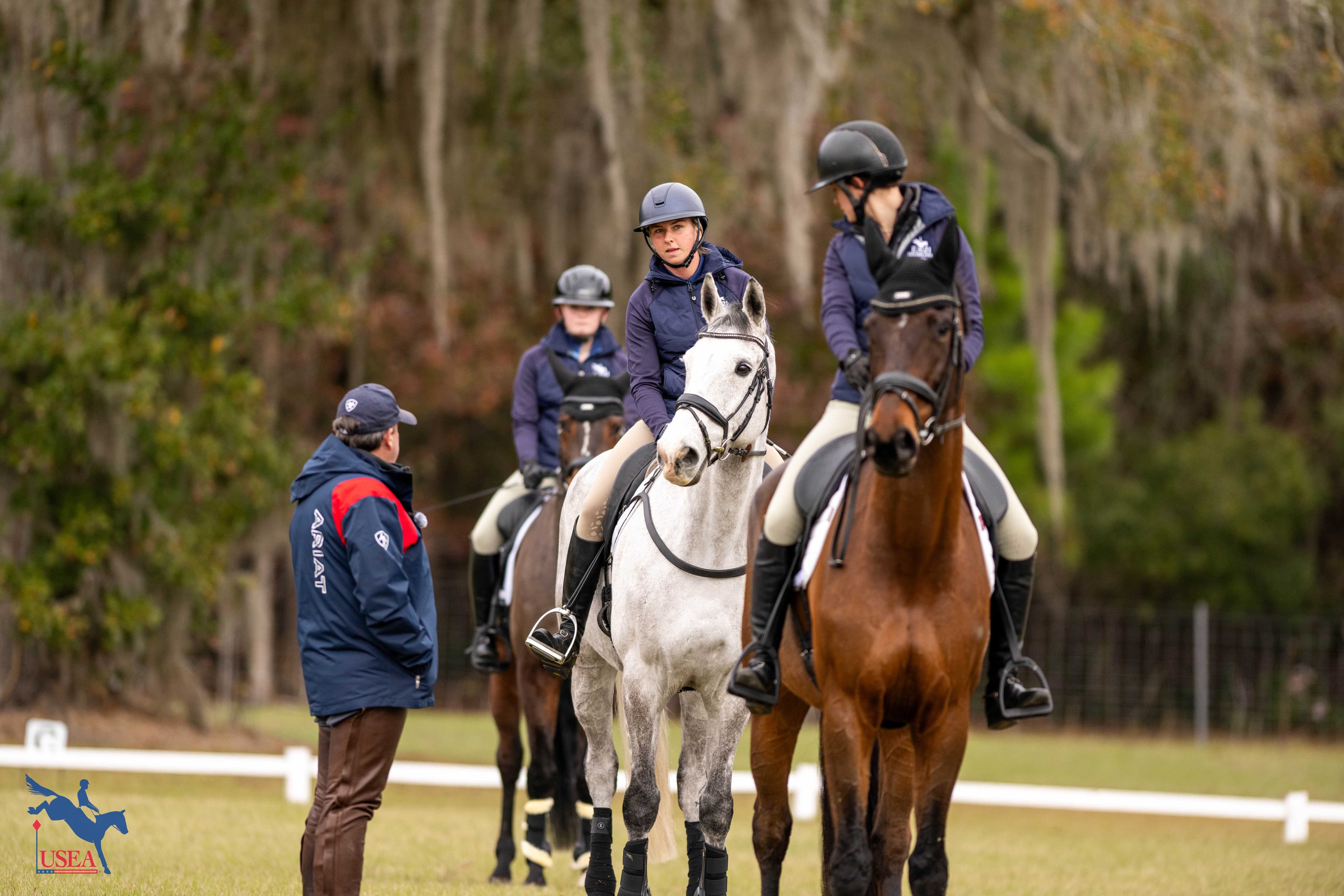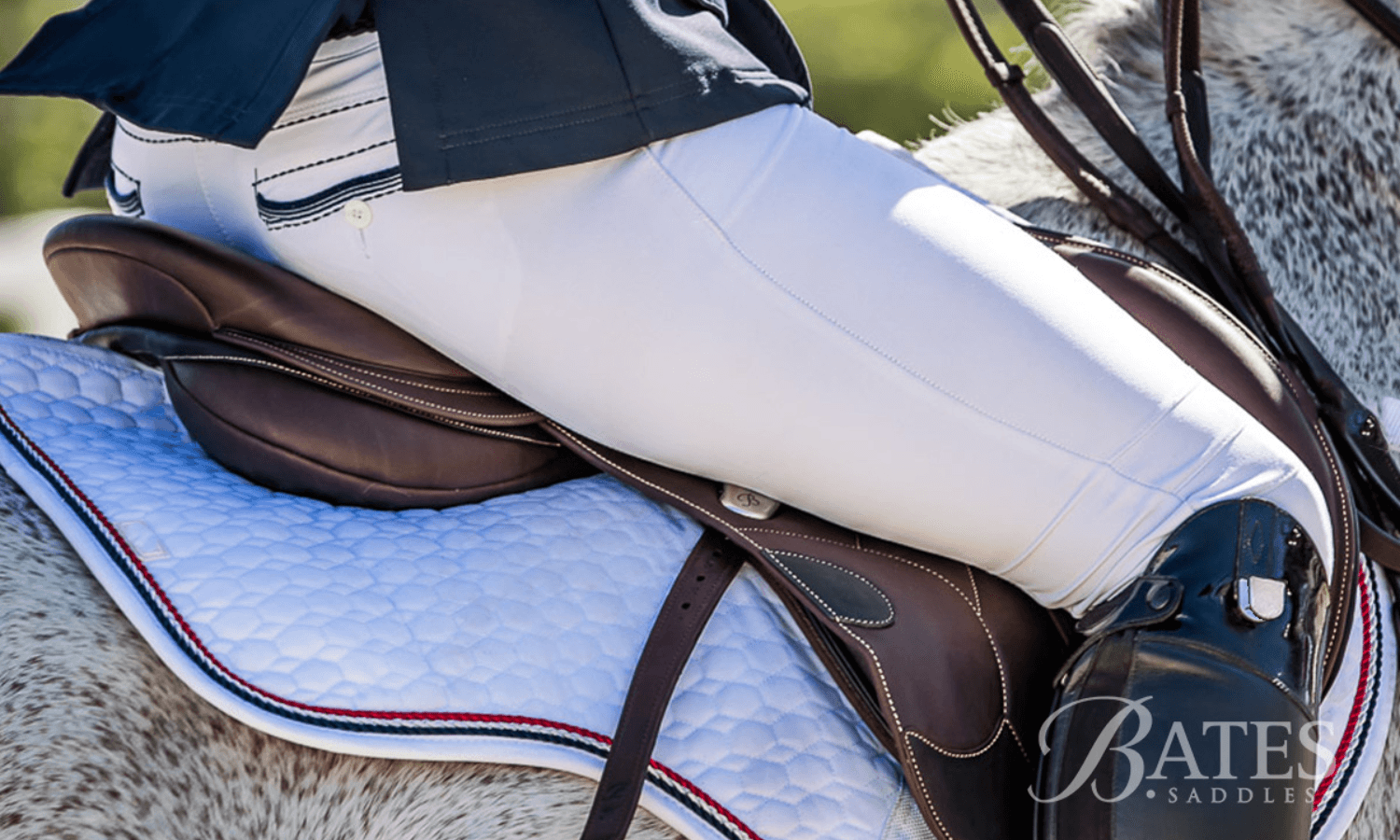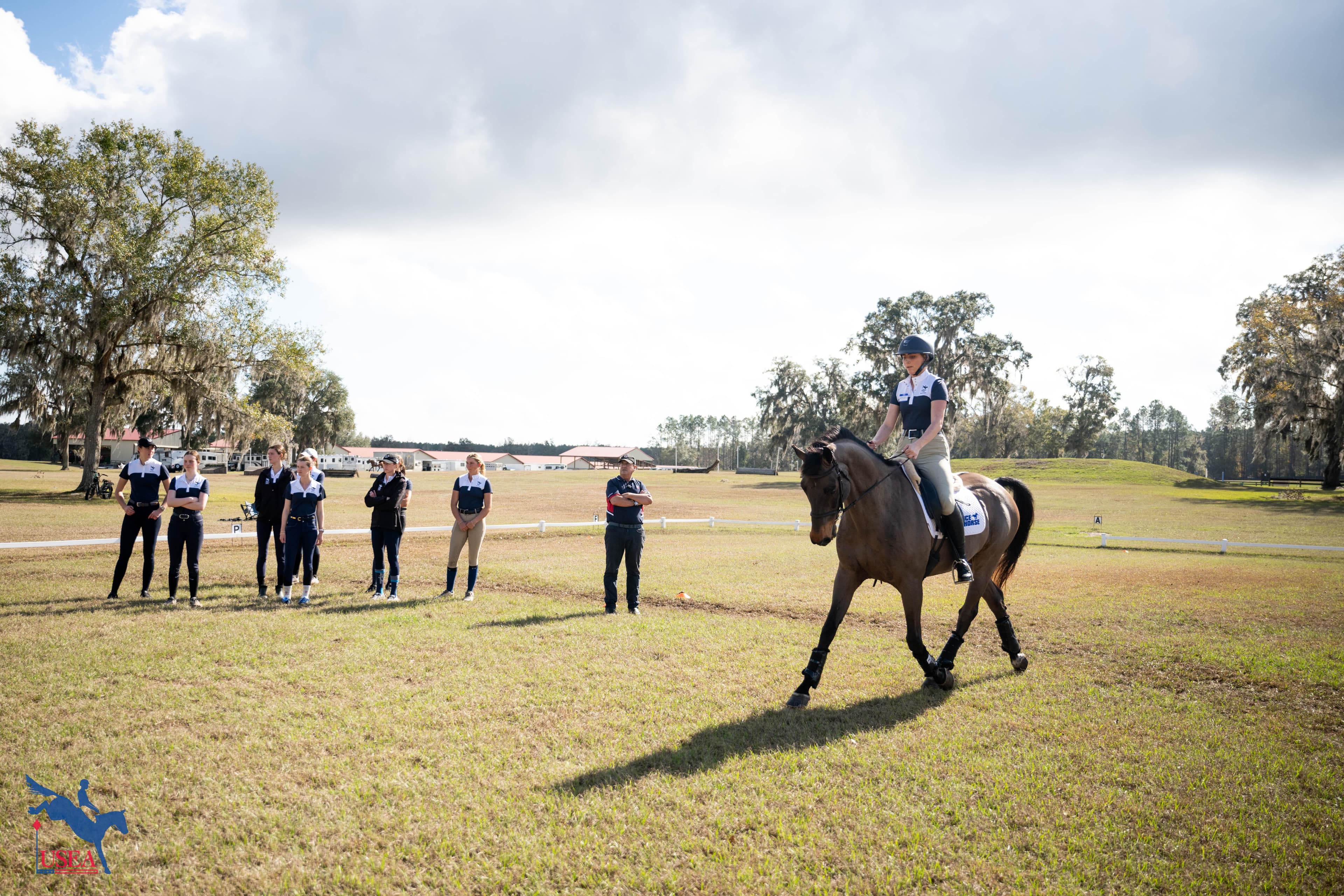EVENT SCHEDULING..NOT AS EASY AS IT MIGHT APPEAR!
You may not have noticed how variable event scheduling has become unless you travel and compete out of your home area. But the topic is really quite interesting to consider. Each eventing area seems to have a culture of its own. Good event organizers find it important to ‘know’ their ‘customers. While the hallmark of events are the characteristics and qualities of the cross-country courses, other aspects of the competition are also part of why or why not a rider chooses to ride in a particular event on a particular weekend. The event schedule is one such aspect.
Being an Area 2 organizer, an eventing official all over the country and a competitor who enjoys riding in events east of the Mississippi, I observe many different ways to set up an event. Clearly, what works for the western areas of 6, 7, 9, and 10 would not have the same appeal on the East Coast. A novice level competitor in Seattle thinks nothing of packing off to ride in a horse trial that is scheduled over three, sometimes four days plus travel time. Whereas a novice level rider in Area 2 would rarely consider enduring such a travel hardship unless for a championship. Indeed, the single day events in Area 2 are quite the norm. Riders typically ship in, compete in all three phases and are home in time for dinner! Maybe it is the ‘sooner I get it done, the better, so I can do the next thing on my list’ mentality that makes this type of schedule attractive to this part of the country.
Initial impressions aside, riders generally do not feel frantically rushed and truly enjoy the satisfaction that the phase just completed is the perfect preparation for the next phase to ride. Single day events have typically been run so that riders have 1 to 2 hours in between each phase, which allows for cooling out, mental downtime, and perhaps a final course walk of SJ or XC. Recently, organizers have begun experimenting with an even more compressed schedule. Riders complete their dressage phase and are then scheduled to show jump within the hour, usually in 45-50 minutes, allowing time for change of tack and warm up. They then finish with the cross country following anywhere from 15 to 30 minutes after the stadium phase. Riders have permission to ride stadium in cross-country attire, and many will use the stadium phase as a “warm-up” for cross-country. Having a few cross country portables for cross country warm up, in addition to the adjustable fences, is about all that horses and riders need before entering the start box.
This type of schedule does require advance planning, particularly when to walk both the jumping courses. And there are always some riders who want more time in-between phases and find their requests granted as long as they ask on their entry forms. The trick to success for riders is preparation and for organizers, adhering to the timetable plus scheduling in those time ‘buffers’ should the unexpected occur. But over the past several years since this type of schedule has been used, it has been met with favorable results. Riders generally like this format.
In addition to the one-day events, Area 2 also has the conventional 2-day horse trial, dressage and one jumping phase on Saturday with the final phase on Sunday. And there are some of the 3-day horse trials that remain well liked too. In case you are wondering how those riders with multiple horses manage, ask Phillip Dutton, Sally Cousins, Stephen Bradley or Sharon White. They like the ability to efficiently get all of their horses done in one day AND they all have the ground support to keep on schedule. Plus the organizers are willing to work with their preferences whether it is doing one horse entirely before going to the next or getting one phase done on all horses before proceeding. Either way can work and does! But this timetable is not for every rider or every organizer.
All organizers and riders are working towards the same goal of the event being a safe and successful one. But there are definitely reasons to look outside the box for a new idea that just might make the competition run more efficiently for both groups. Organizers do care about your thoughts and appreciate it when you share them on the competitor evaluation form. This is one of the best ways to communicate with a particular organizer what you like about their event as well as what you wish was different. By working together there is a greater chance for even the best event to be even better!
Also share your thoughts by replying about which format you prefer and why. As you rank events, how much does the scheduling influence your choice of where to compete?














